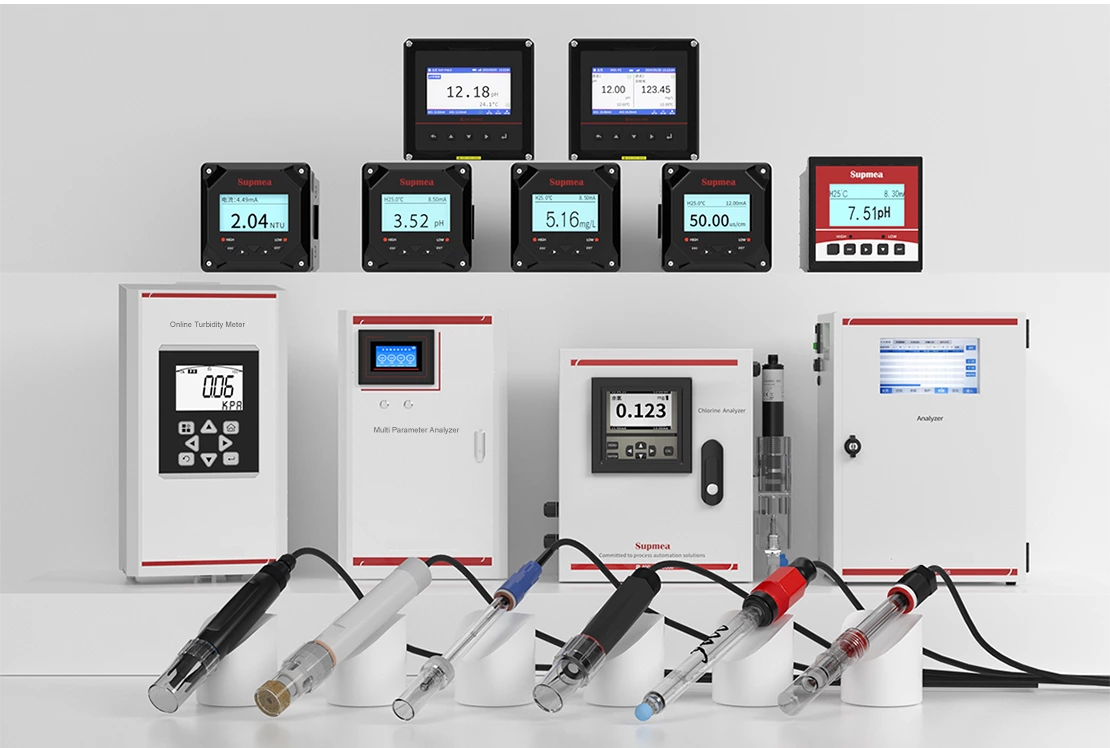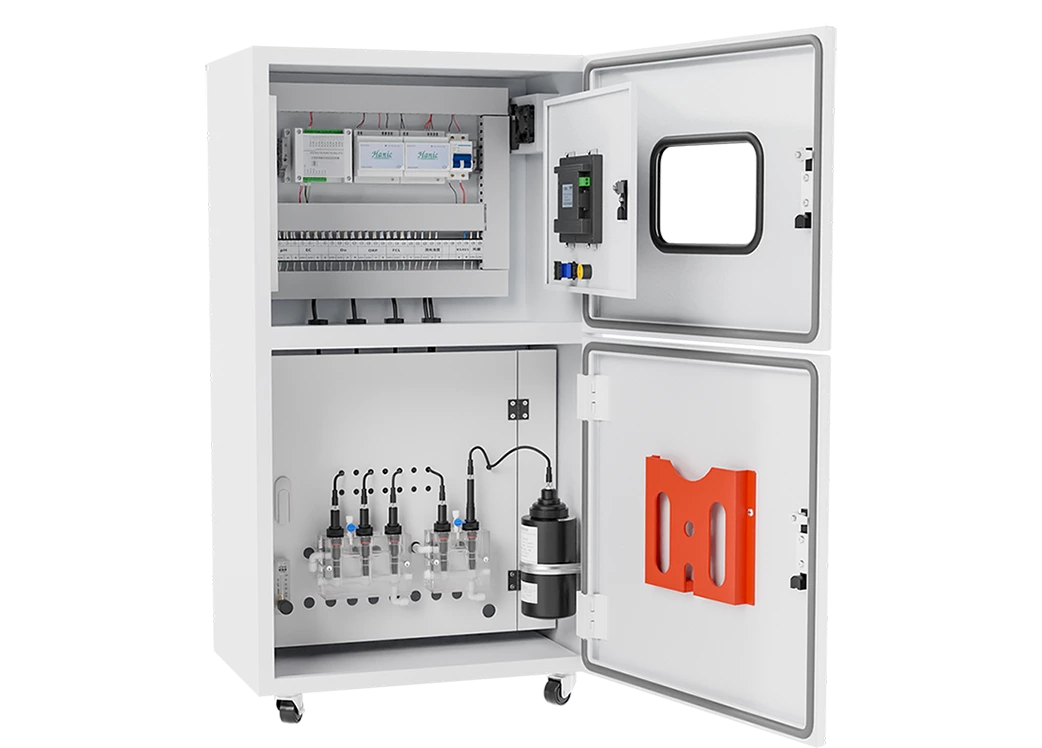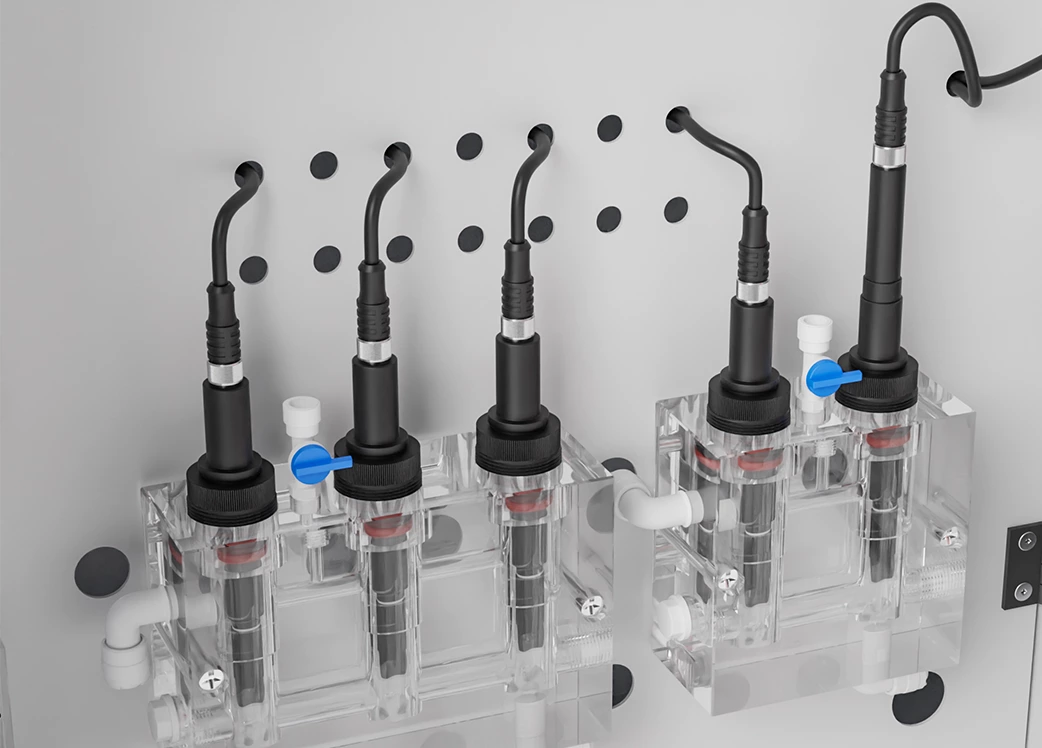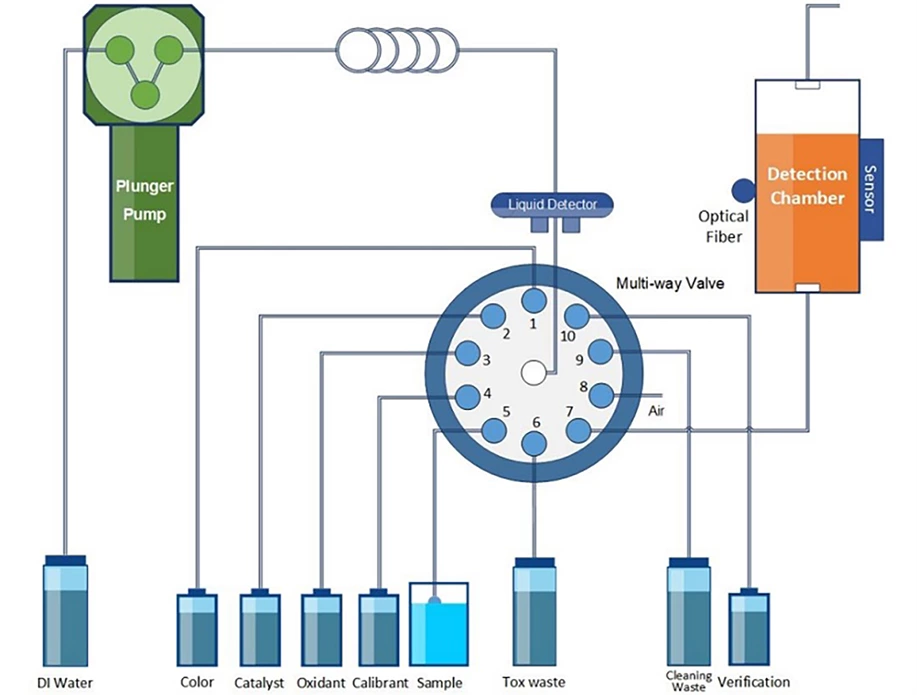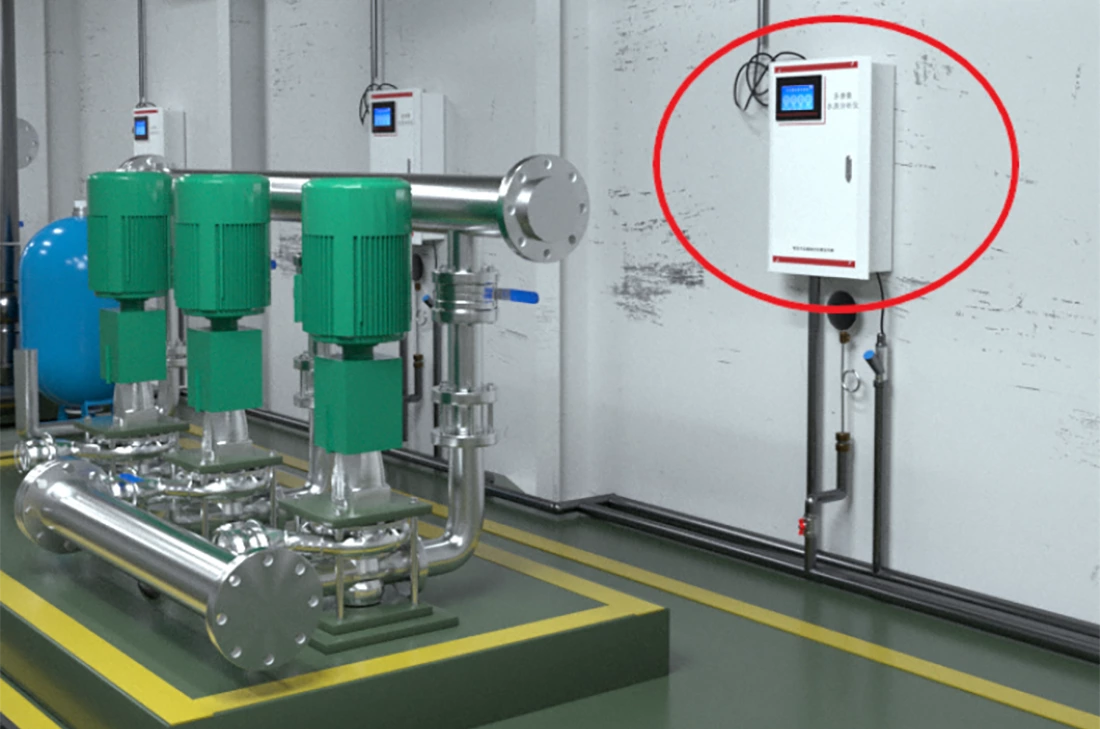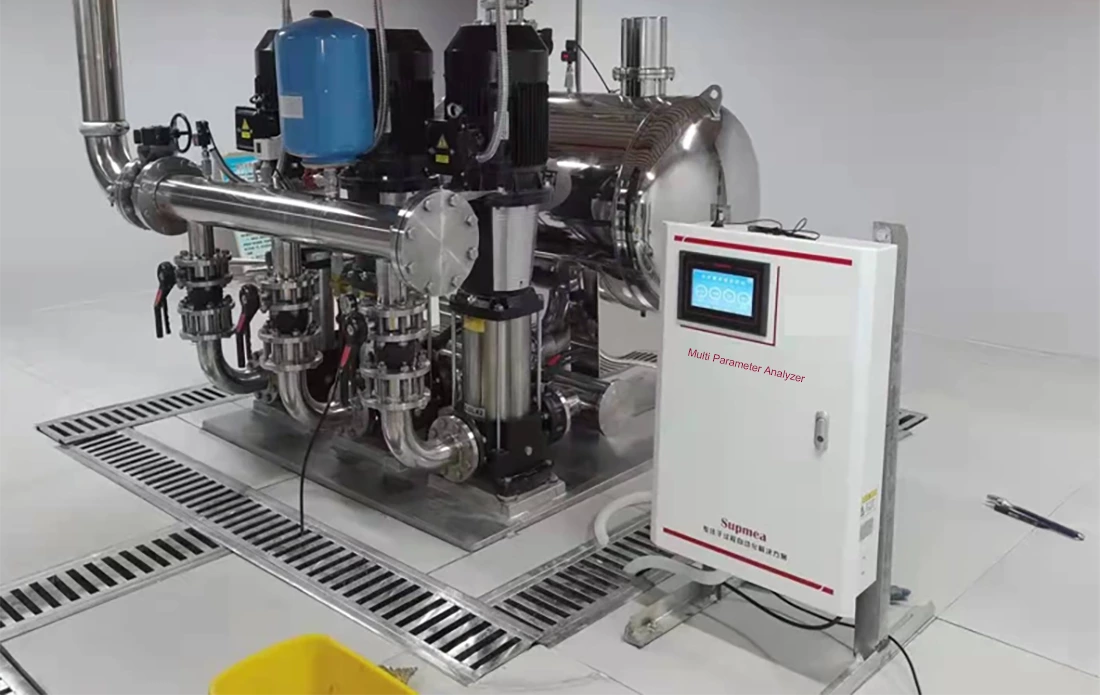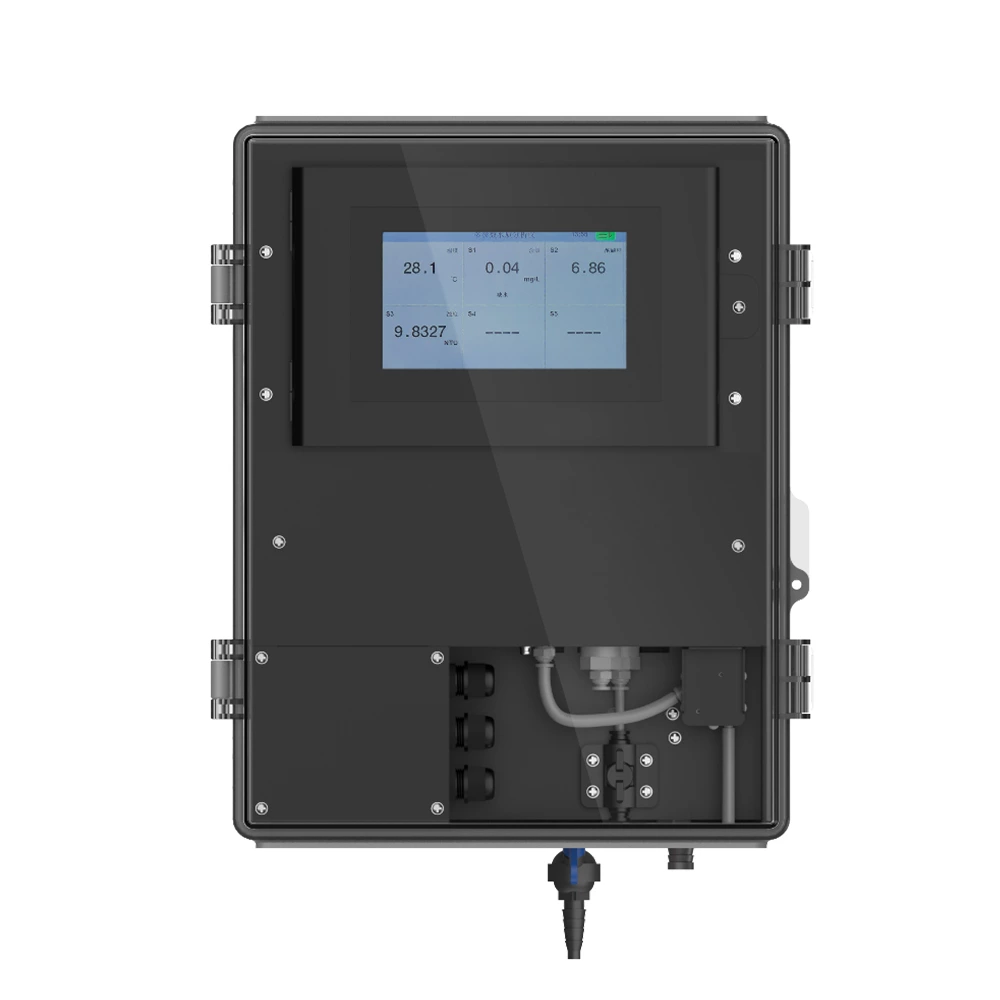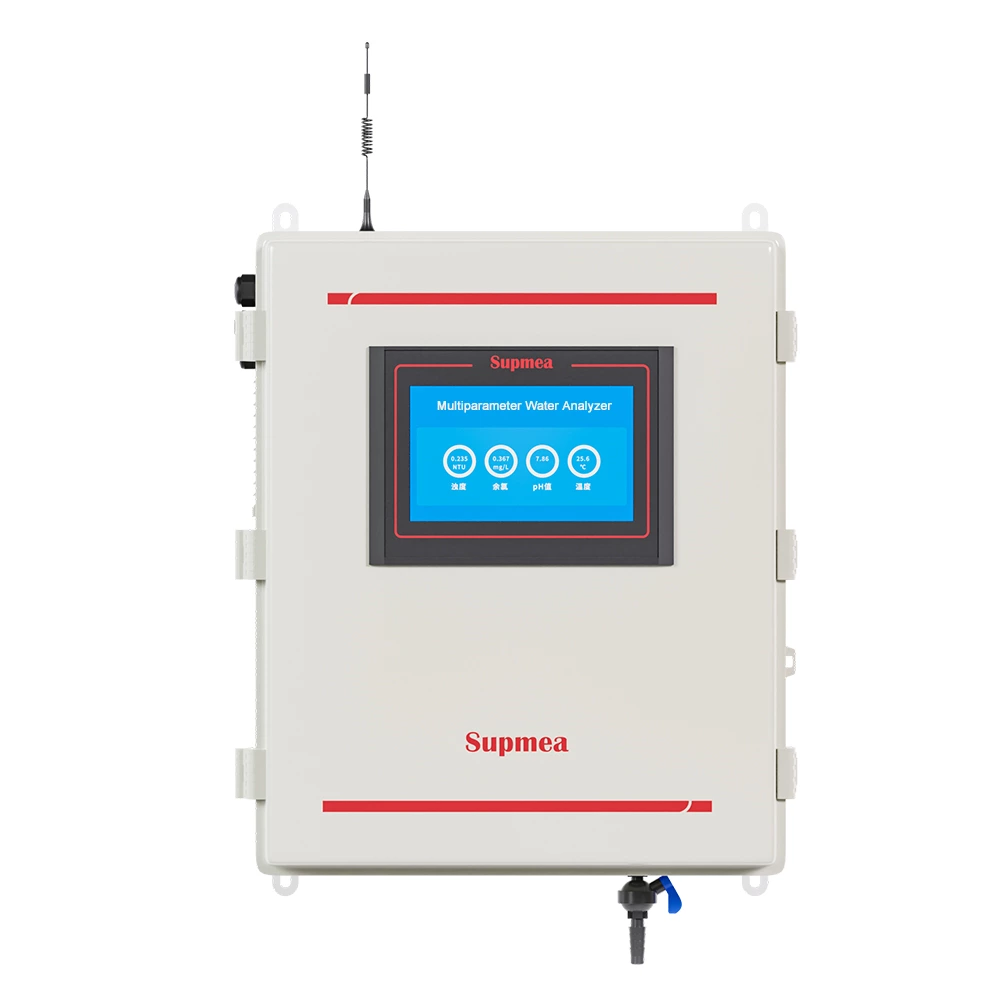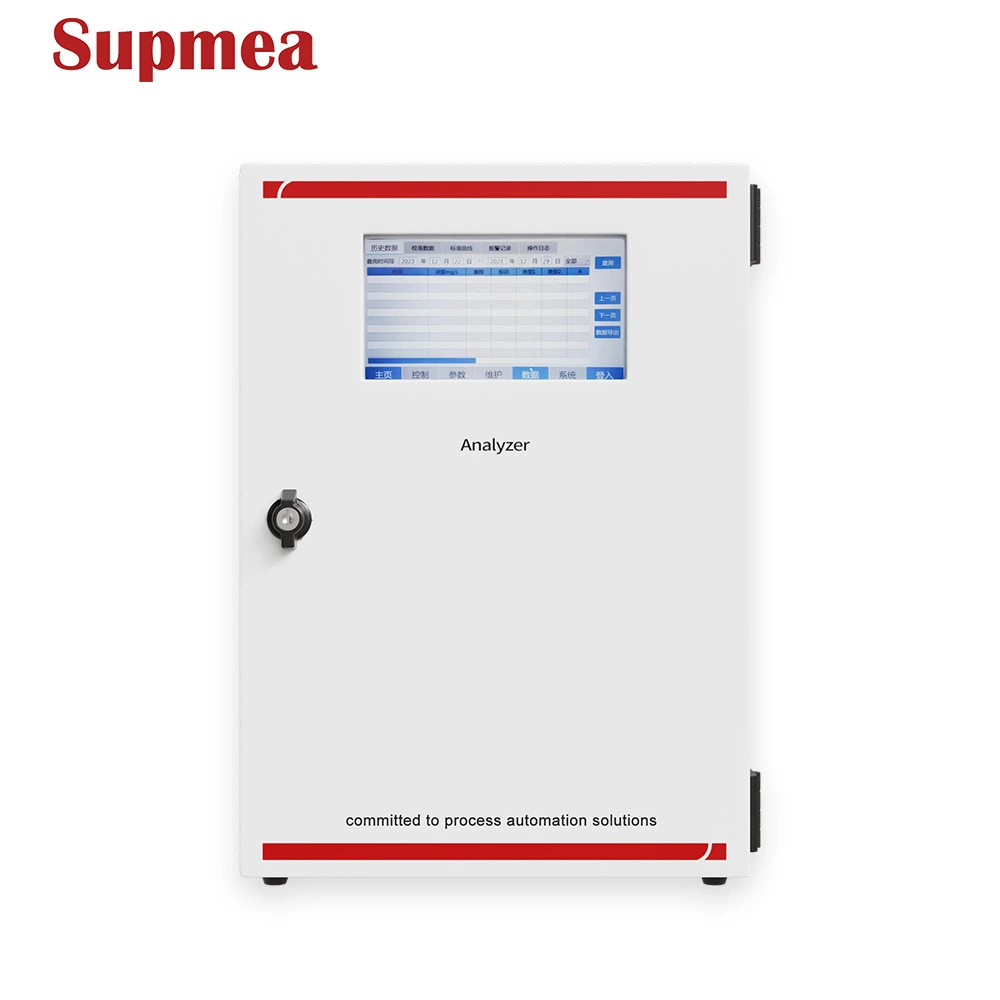Top Multi Parameter Analyzers for Industrial, Laboratory, and Open Water Usage
As water resources face mounting challenges from pollution, industrial demands, and climate shifts, ensuring clean and safe water is more critical than ever. Multi-parameter water quality analyzers have emerged as essential tools for professionals in environmental science, water treatment, and research, providing a streamlined method to assess multiple water characteristics simultaneously.
This in-depth guide explores what these devices are, how they work, the top models available in 2025, and their diverse applications, all while maintaining an accessible, professional tone and grounding the information in real-world insights.
What Is a Multi-Parameter Analyzer?
A multi-parameter analyzer is a versatile instrument that measures several water quality characteristics simultaneously, eliminating the need for separate devices for each metric. Unlike traditional single-parameter tools that focus solely on, say, pH or conductivity, these water quality analyzers integrate various sensors into one compact unit, delivering a comprehensive snapshot of water conditions. This efficiency makes the multi-parameter analyzer invaluable for field scientists, lab researchers, and facility managers who need reliable data quickly.
These devices work by combining electrochemical, optical, and sometimes spectroscopic sensors to detect physical, chemical, and biological properties of water. Specifically, they might assess acidity, oxygen levels, or clarity in a single test, providing real-time insights that inform decisions. Modern analyzers often come with digital displays, data logging, and wireless connectivity, allowing users to monitor water remotely or store results for later analysis. Whether you're checking a river's health or ensuring a drinking water supply to meet safety standards, these tools simplify complex assessments while maintaining precision.
The significance of the multi-parameter water quality analyzer extends beyond convenience. In an era where water scarcity and contamination are global concerns, these analyzers empower users to detect issues like pollution or nutrient spikes early, enabling proactive responses. From small-scale aquaculture to large municipal systems, they’re a cornerstone of sustainable water management, blending cutting-edge technology with practical usability.
What Parameters Does a Multi-Parameter Analyzer Measure?
Multi-parameter analyzers are designed to evaluate a broad spectrum of water characteristics, tailored to the needs of specific applications. The common measurements include pH, which indicates water’s acidity or alkalinity; conductivity, reflecting dissolved salts; and turbidity, which measures clarity by detecting suspended particles. Other key metrics often involve dissolved oxygen (DO), vital for aquatic ecosystems; temperature, which influences chemical reactions; and oxidation-reduction potential (ORP), indicating water’s oxidative state.
Advanced models may go further, measuring nutrients like nitrates or phosphates, which can signal risks like algal blooms, or specific ions such as chloride or ammonium for industrial monitoring. Some even assess chlorophyll for algae detection or total suspended solids (TSS) for sediment analysis. This versatility ensures the analyzer has the capability of handling diverse scenarios, from drinking water safety to environmental research.
Parameters Measured by the Analyzer
The exact parameters depend on the model and its intended use. For drinking water, pH (0–14), conductivity (0–200 mS/cm), and residual chlorine (0–5 mg/L) are critical to meet regulatory standards like those set by the EPA or WHO.
In environmental monitoring, dissolved oxygen (0–20 mg/L) and turbidity (0–1000 NTU) are key indicators of ecosystem health, as low DO can stress aquatic life, while high turbidity may point to erosion or runoff.
Accuracy is paramount. The top-tier analyzers achieve precision within ±0.01 for pH or ±1% for conductivity, provided they’re regularly calibrated with standard solutions.
By measuring multiple parameters at once, the multi-parameter analysis responds with data indicating what case happens. For example, a spike in temperature alongside low DO might suggest thermal pollution, guiding targeted interventions. This holistic approach makes the multi-parameter device far more insightful than single-parameter tools, offering a clearer picture of water health for informed decision-making.
The Working Principle of the Analyzer
At the core working theory of a multi-parameter analyzer lies its sensor technology, which converts water properties into electrical signals for analysis. Electrochemical sensors are common for pH and DO.
A pH sensor, for instance, uses a glass electrode to measure hydrogen ion activity, generating a voltage that corresponds to the pH level. Dissolved oxygen sensors often employ a Clark cell, where oxygen diffuses through a membrane and triggers a measurable current at a cathode.
Optical sensors handle parameters like turbidity or chlorophyll. A turbidity sensor shines an LED through the water sample and measures scattered light at a 90-degree angle using a photodiode, while more particles mean more scattering, indicating higher turbidity.
Conductivity sensors apply an alternating current between electrodes to gauge ion movement, adjusting for temperature to ensure accuracy. Modern analyzers use microprocessors to process these signals, correct for interferences, and display results on user-friendly interfaces.
In practice, the analyzer’s probe is submerged in water, and its sensors operate in tandem or sequentially to collect data. Results can be logged internally or sent via Bluetooth or USB to cloud platforms for real-time monitoring. Some models feature self-cleaning mechanisms to prevent fouling in murky waters, ensuring reliability during extended use. Understanding these principles helps when selecting the right water quality analyzer or customizing the one with the right parameter, and more significantly, it ensures consistent performance.
Top Multi-Parameter Analyzers in 2025
Based on huge needs, the market offers a variety of multi-parameter analyzers, each suited to specific environments and cases. These can be broadly categorized by their design and application: portable handheld units for fieldwork, benchtop models for lab precision, and online systems for continuous industrial monitoring. Each type balances factors like portability, parameter range, and integration with data systems.
The best multi-parameter analyzers in 2025 combine precision, durability, and ease of use, based on industry feedback and technological advancements. Here are some standout recommendations:
-
YSI ProDSS: A portable favorite, YSI ProDSS measures up to 20 parameters, including pH, DO, conductivity, turbidity, and nitrates. With military-grade ruggedness, GPS for geospatial data, and 20-hour battery life, it’s perfect for environmental fieldwork.
-
Hach HQ Series: Versatile for lab or field, Hach HQ series offers ±0.002 pH accuracy and supports over 10 parameters. Its touchscreen interface and USB data export make it user-friendly for professionals.
-
Hanna Instruments HI98194: A budget-friendly option covering 12 parameters, Hanna Instruments are waterproof with extended battery life, priced lower than competitors, and ideal for small-scale operations.
-
Endress+Hauser Liquiline: Designed for industrial settings, the E+H Liquiline system provides modular monitoring with self-diagnostics, integrating seamlessly with SCADA systems.
-
Horiba U-50 Series: Compact and portable, the Horiba U-50 Series is great for quick field assessments, with reliable measurements for pH, DO, and more.
-
Supmea Automation: Known for cost-effective industrial solutions, Supmea Automation’s multi-parameter analyzers offer robust monitoring for parameters like pH, conductivity, and temperature. These systems are designed for easy integration into automated industrial processes, making them a strong choice for cost-conscious operations.
- SUP-MPP1000 Multi-Parameter Analyzer: Versatile integrated unit for up to 8 parameters, including pH, ORP, turbidity, residual chlorine, conductivity, and dissolved oxygen.
- SUP-MDX100 Multi-Parameter Water Analyzer: Eco-friendly, reagent-free modular system tracking 6 essentials like pH, turbidity, conductivity, and chlorine.
- SUP-MPP500 Economy Multi-Parameter Water Analyzer: Budget-friendly all-in-one for turbidity, pH, conductivity, residual chlorine, and more.
- COD Analyzer Liquiline System: Precision online monitor for chemical oxygen demand (COD) in ranges up to 2000 mg/L.
- Ammonia Nitrogen (NH₃N) Analyzer: Compact analyzer for NH₃-N levels from 0-2000 mg/L, with smart alerts, range auto-switching, and stable low-drift performance.
- Total Nitrogen (TN) Analyzer Liquiline System: Advanced UV spectrophotometry unit measuring TN up to 2000 mg/L, featuring double-path detection and automatic adjustments.
- Total Phosphorus (TP) Analyzer Liquiline System: Efficient digester for TP concentrations up to 2000 mg/L, with zero-interference optics, reagent alarms, and touchscreen controls.
When choosing, take calibration frequency, sensor lifespan (typically 1–2 years), and software compatibility into consideration. You can have a quick overview of the reviews on platforms like Google or Amazon, choosing the YSI ProDSS for its durability in harsh conditions, the Hach HQ Series for being lauded for lab precision, and the Supmea Automation lineup for easy operation and an economical budget.
The Wide Applications of Multi-Parameter Analyzers
Multi-parameter analyzers are critical across industries, from safeguarding drinking water to preserving natural ecosystems. They are good at delivering comprehensive, real-time data that supports proactive management and compliance with environmental standards.
Environmental Monitoring
In environmental monitoring, the water quality analyzers track water health in rivers, lakes, and coastal zones. They measure parameters like DO, pH, and turbidity to detect issues such as agricultural runoff (high nitrates) or urban pollution (elevated conductivity).
Agencies make use of the water quality analyzers with multi-parameter measurements to comply with regulations like the Clean Water Act and analyze trends to shape policies. For example, continuous monitoring with solar-powered sondes in remote areas helps researchers study climate-driven changes, such as warming waters reducing DO levels, protecting biodiversity by identifying risks early.
Water Quality Analysis Technology
Technological advancements are updating these analyzers into smart systems. By 2025, AI integration will allow predictive modeling, forecasting events like algal blooms based on nutrient trends. IoT connectivity enables remote data access via cloud platforms, while nanotechnology enhances sensor sensitivity for trace pollutants at parts-per-billion levels.
Smartphone apps now pair with portable kits, making monitoring accessible to communities. These innovations support decentralized water management, empowering local groups to track and address water quality issues effectively.
Laboratory Case
Real-world lab cases highlight this analyzer’s impact. In a 2024 study in Yunnan, China, researchers used multi-parameter analyzers to assess chlorophyll a in nine plateau lakes, analyzing 365 samples to map seasonal algal trends and guide pollution controls.
In aquaculture, a farm deployed a UAV-equipped analyzer to monitor pH, DO, and temperature, improving fish health and yield by 15–20% through real-time adjustments. Urban river studies have also leveraged analyzers with machine learning to quantify pollutants, enabling targeted cleanup efforts. These cases show how analyzers drive precise, actionable outcomes in controlled settings.
Conclusion
Multi-parameter water quality analyzers are indispensable for modern water management, offering efficiency, precision, and versatility across field, lab, and industrial applications. From Supmea’s modular systems to global leaders like YSI and Hach, these tools empower professionals to monitor critical water characteristics, protect ecosystems, and ensure public safety.
As technology advances with AI, IoT, and sensitive sensors, their role in sustainable water practices will only grow. Whether you’re a scientist, facility manager, or community advocate, investing in a reliable analyzer is a step toward a cleaner, safer water future.

